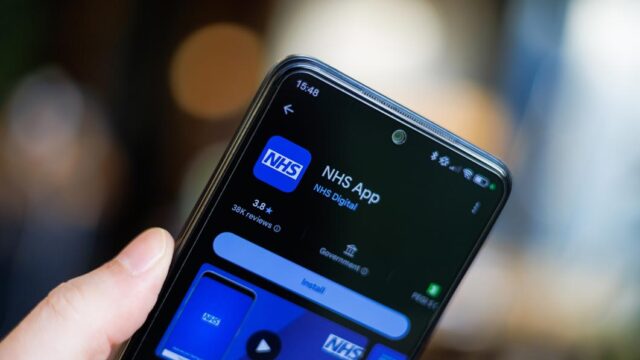Advertisment
How semi-solid extrusion technology works in 3D tablet printing

Semi-solid extrusion (SSE) technology for tablets involves printing from a syringe filled with a gel or paste. Healthy volunteers felt that the resulting tablets were no different from compressed tablets, according to pharmacist and PhD student Iris Lafeber (University of Leiden Medical Centre, The Netherlands).
The 3D printed tablets made by Ms Lafeber look different from compressed tablets. “They look different ….. because of the way that they are being produced in a layer-by-layer fashion – so you can really see the layers in the tablet. Furthermore, we use a mixture that has a wax-like feel”, she explains. However, when she asked the healthy volunteers who took the tablets in her study what they thought about the mouth-feel of the tablets and what they were like to swallow “they really looked at me like I was crazy because ‘it was just swallowing a tablet’ – so they didn’t really see the difference [compared] with the normal tablet. So, I think it depends on the patient that has to take the tablet”, she says. “They do look different but that does not necessarily mean that the patient experiences it differently from a normal tablet”, she adds.
The material (‘ink’) used to make the tablets is a lipid semi-solid – polyethylene glycol monostearate. “It melts at about 45-50° C ….. however, if you stay below that temperature it softens but it doesn’t quite melt and that is the temperature at which we operate”, explains Ms Lafeber. Keeping the formulation at 43° C, just below the melting point means that it becomes pliable and can be moulded or ‘printed’ in layers. It is important that the ink material should not melt because if it becomes completely liquid there is a risk that the drug substance could settle. Uneven distribution of the drug substance in the gel could then lead to dosing errors. Another useful feature of this system is that it does not rely on the addition of water to make it mouldable. “We also don’t have to use water or any other solution to make it mouldable, which you see with a lot of other semi-solid extrusions. So, we don’t need a drying step and also, we don’t have the chemical stability issues that you would expect when, for instance, water is used”, says Ms Lafeber.
The technique shares some similarities with the process that (in former times) had to be followed for extemporaneous preparation of suppositories. This also involved the dispersal of a drug in a gel or semi-solid. “You would use a mortar and pestle – you would be frantically mixing and pouring the mixture into the moulds, trying to keep the drug from settling”, she notes.
The choice of sildenafil
The objective of the study was to investigate the feasibility of making a 3D-printed tablet formulation that complied with the relevant quality requirements i.e. the European Pharmacopeia standards and the EMA guidelines for bioequivalence. Sildenafil was chosen as the active ingredient for the study. It is a phosphodiesterase-5 (PDE5) enzyme inhibitor used in low dosages for the treatment of pulmonary arterial hypertension in young children. “The tablets that are on the market [contain] …. too high a dose for the paediatric patients and while there’s also an oral suspension on the market, even that suspension has such a high concentration that the small children still cannot be accurately treated with [it]”, says Ms Lafeber.
Read and watch the full series on our website or on YouTube.










